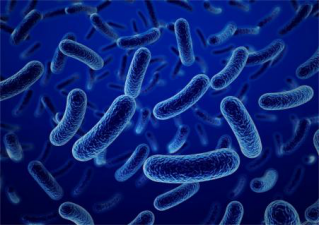Ginger is cultivated in the south of the Yangtze River in China. Ginger contains volatile oleoresin, gingerol, and capsaicin to form aromatic, spicy ginger oil. Ginger oil stimulates appetite and aids digestion. Therefore, ginger is a seasoning product. In terms of health care, ginger also has chills, sweating, dredging, etc. Ginger processed into Su Mei is a favorite health food. As a storage ginger, full-grown fresh ginger should be used. Before the beginning of winter, the above ground began to wither, the underground stems were fully enlarged, and they were harvested when fully matured. Picking on a sunny day, the soil on the ginger is easy to dry and fall off, making it easy to identify good and bad. The ginger that was harvested should be carefully selected, removing sick ginger and fragrant ginger. The ginger storage method is similar to other tuber root vegetables. Can be buried, piled and racked. Because ginger is formed in the soil, the burial method can receive good results. Commonly used is the sediment burying method, the specific operation is as follows: First, in the room floor with a red brick or mud brick build a pit, deep 80 cm, width 100 cm or so, the length is not limited. Then lay a 5 cm layer of clean sand on the bottom of the pit, half dry and semi-wet, first insert a few hair dryers, and then put the ginger on the sand, each layer thickness of 4-5 pieces of ginger. Such a layer of mud and a layer of ginger cross-lay until 5 cm from the pit surface. A layer of silt capped the top. Afterwards, regularly check the temperature changes in the room and ginger heap. The ideal temperature is 16-20°C and a relative humidity of 95-100%. Flip as often as you can. It is also possible to bury ginger in a crates or baskets, in a manner similar to a pit. The difference is that the wooden boxes and baskets used must be filled with pre-sterilized paper. The method of burying ginger is the same as that of burying. In many places, tile tanks are used instead of baskets, and cylinders can better maintain humidity. The problems that often occur during storage are ginger borer, mycosis and later germination. Ginger was infected in the field and became dark inside. The darker the color, the heavier the disease. Diseased ginger must be removed in time. Mycosis is mainly caused by black mold and white mold. The countermeasure is to strengthen environmental sanitation. Germination problem, according to the experiment, is believed to be effective with Cobalt 60 irradiation, doses of 2000-10000 roentgens, and South China Agricultural University with a higher dose of 30,000 roentgens, equally effective.
Biocide Technical Ingredients
All water based products have plenty of nutrients and water to support microbe growth under favorable conditions. Microbes invade water based products from multi-point sources, such as contaminated raw materials, poor plant hygiene, untreated water, and not properly preserved recycling materials. While adding in-can preservatives into the products should not excuse a factory from Good Manufacturing Hygiene Practices (GMHP), proper use of in-can preservatives coupled with GMHP can dramatically minimize the chance of microbial tolerance development, and assure unspoiled products to customers.
Biocides formulators often use several types of in-can preservatives as active ingredients in their biocidal products for various industrial water based products. One of these active ingredients is benzisothiazolone (BIT). It has several distinct performance advantages, including good stability at high pH, good stability in the presence of reducing agents, and broad spectrum of activities against many microbes.
Sunshine Biotech supplies to all industrial biocides formulators with high quality BIT technical ingredients. Besides of BIT, we also provide its derivative, like BBIT, MBIT etc.


Biocide Technical Ingredients
Biocide Technical Ingredients,Biocide Formula,Biocide Ingredients,Biocide Liquid
Nanjing Sunshine Biotech Co., Ltd , http://www.sunshine-bio.com

